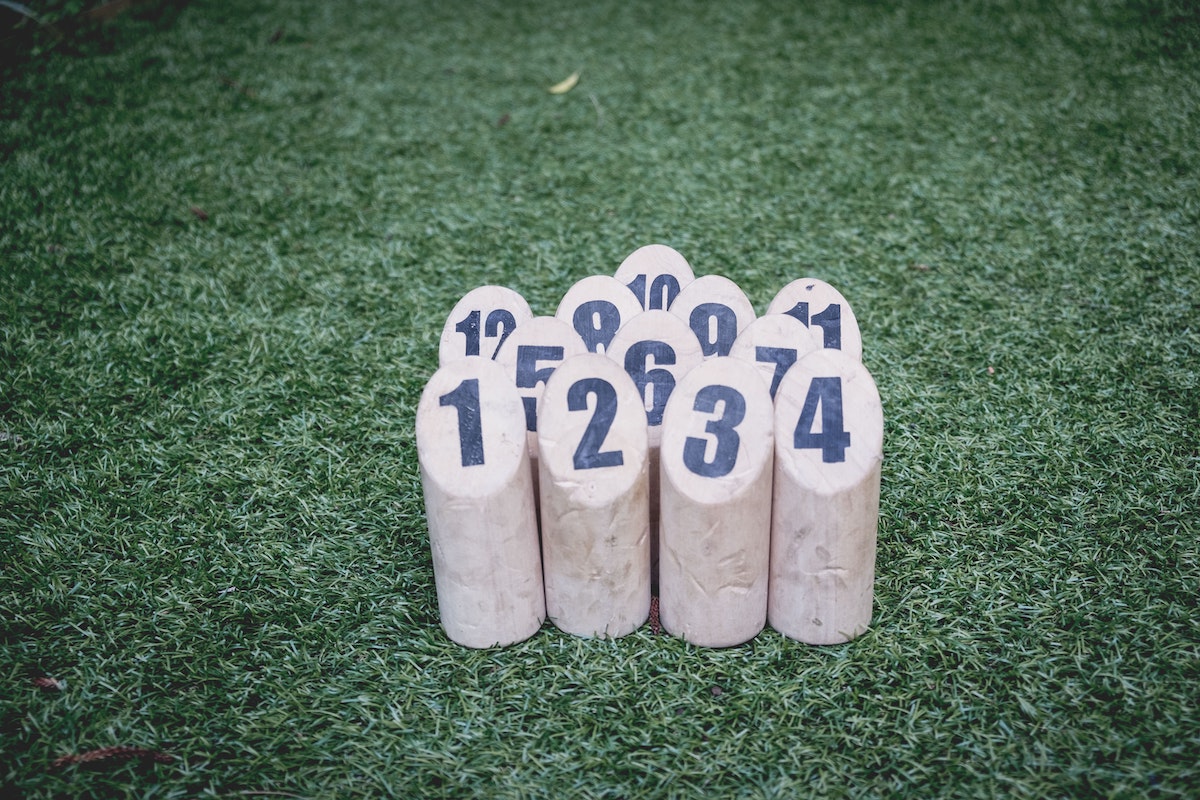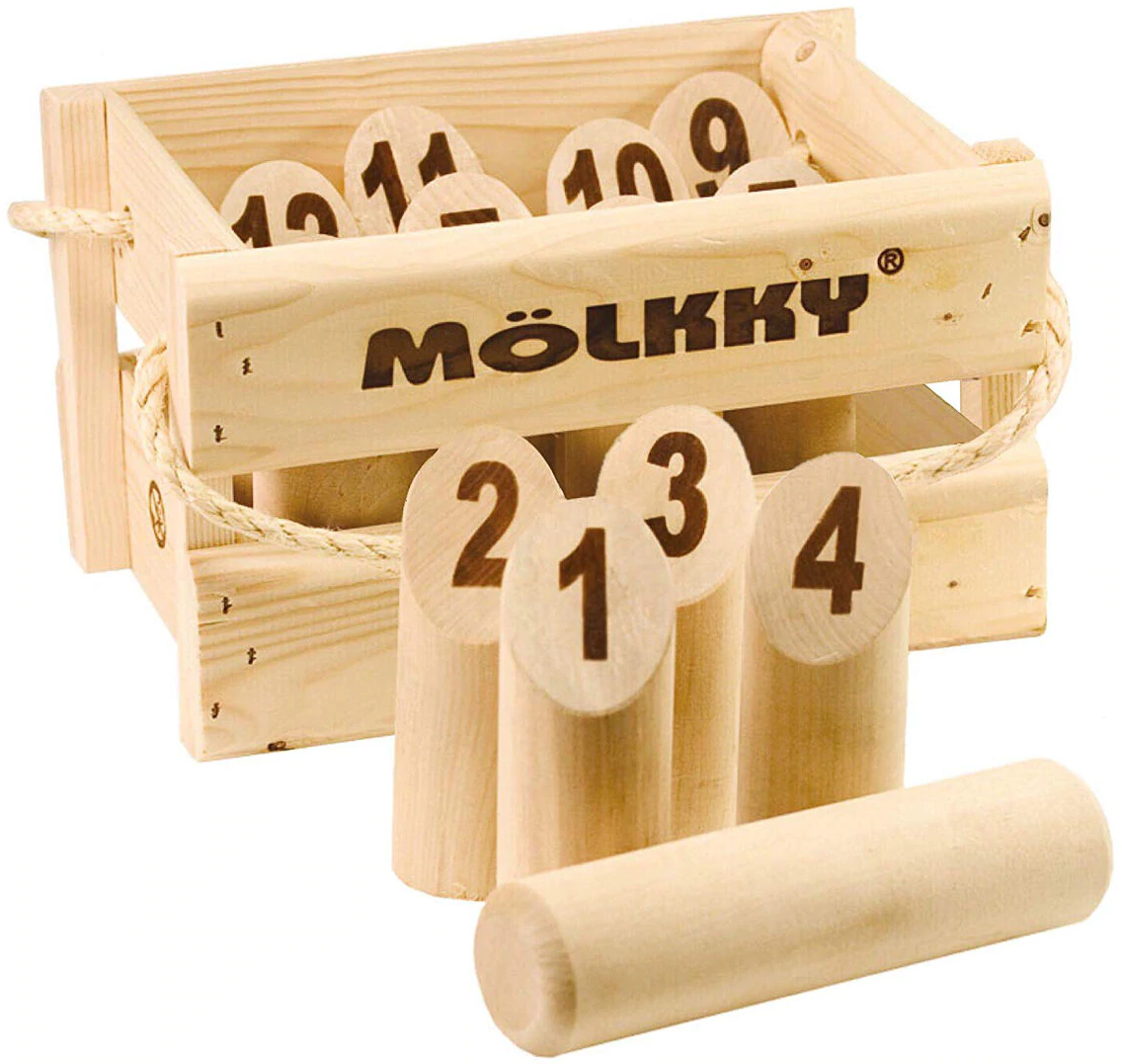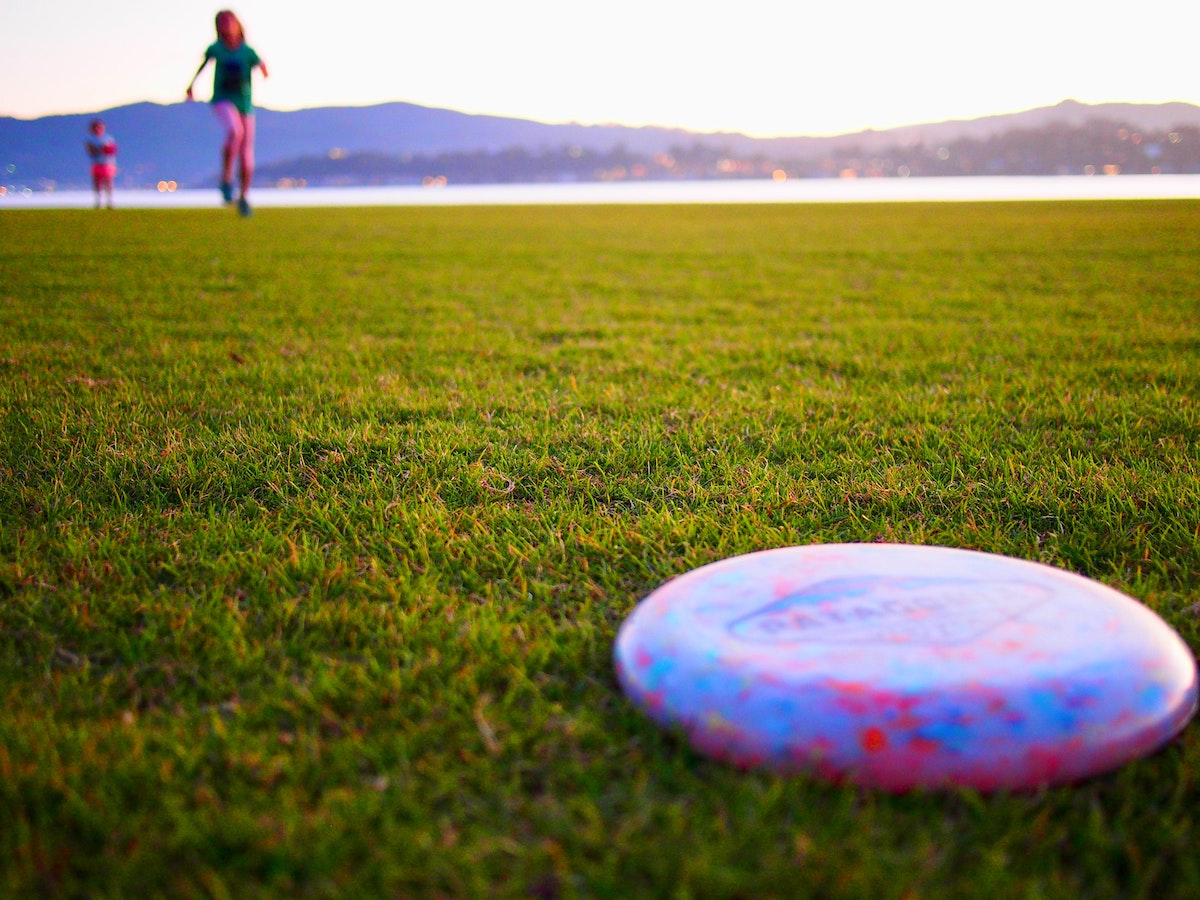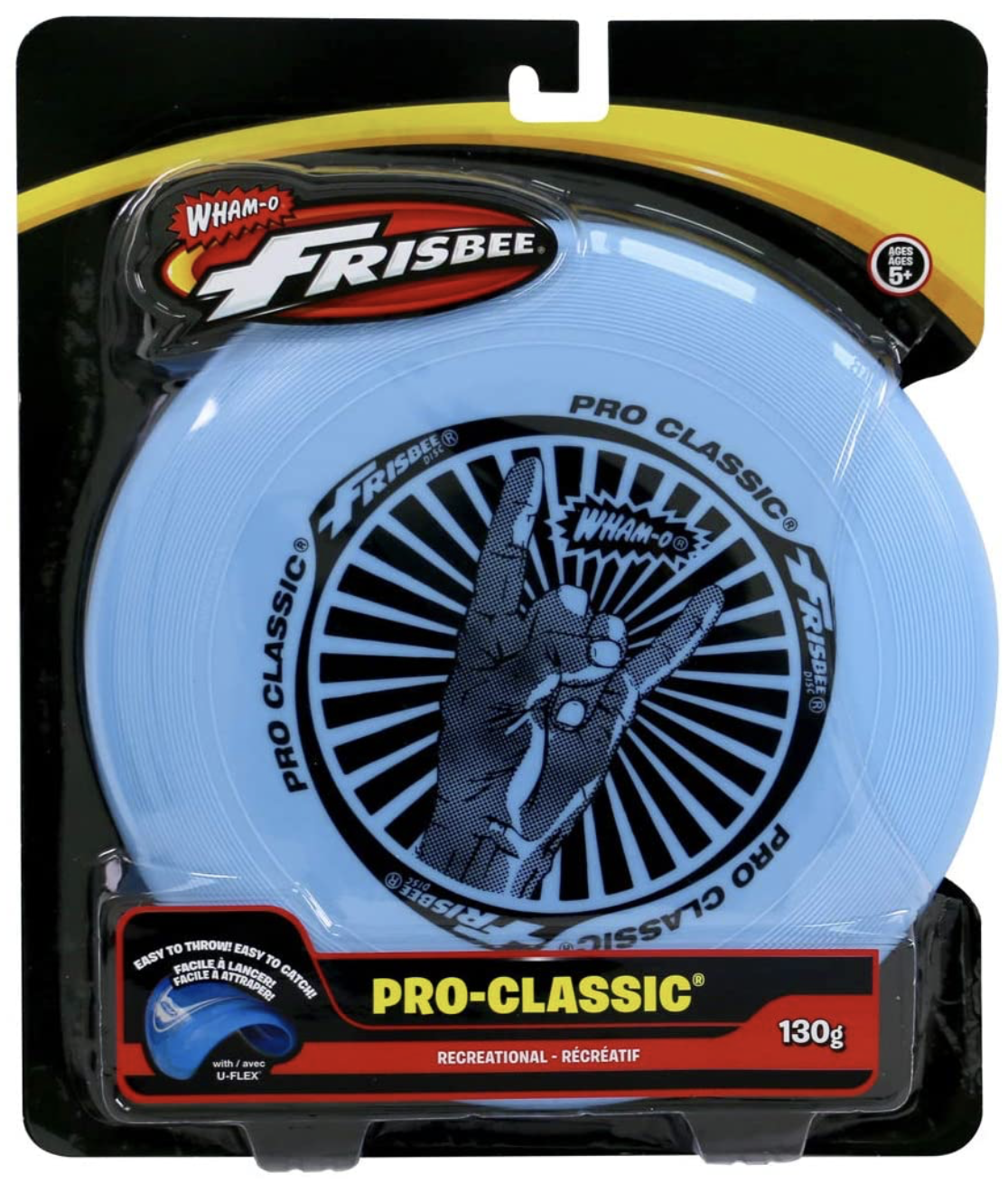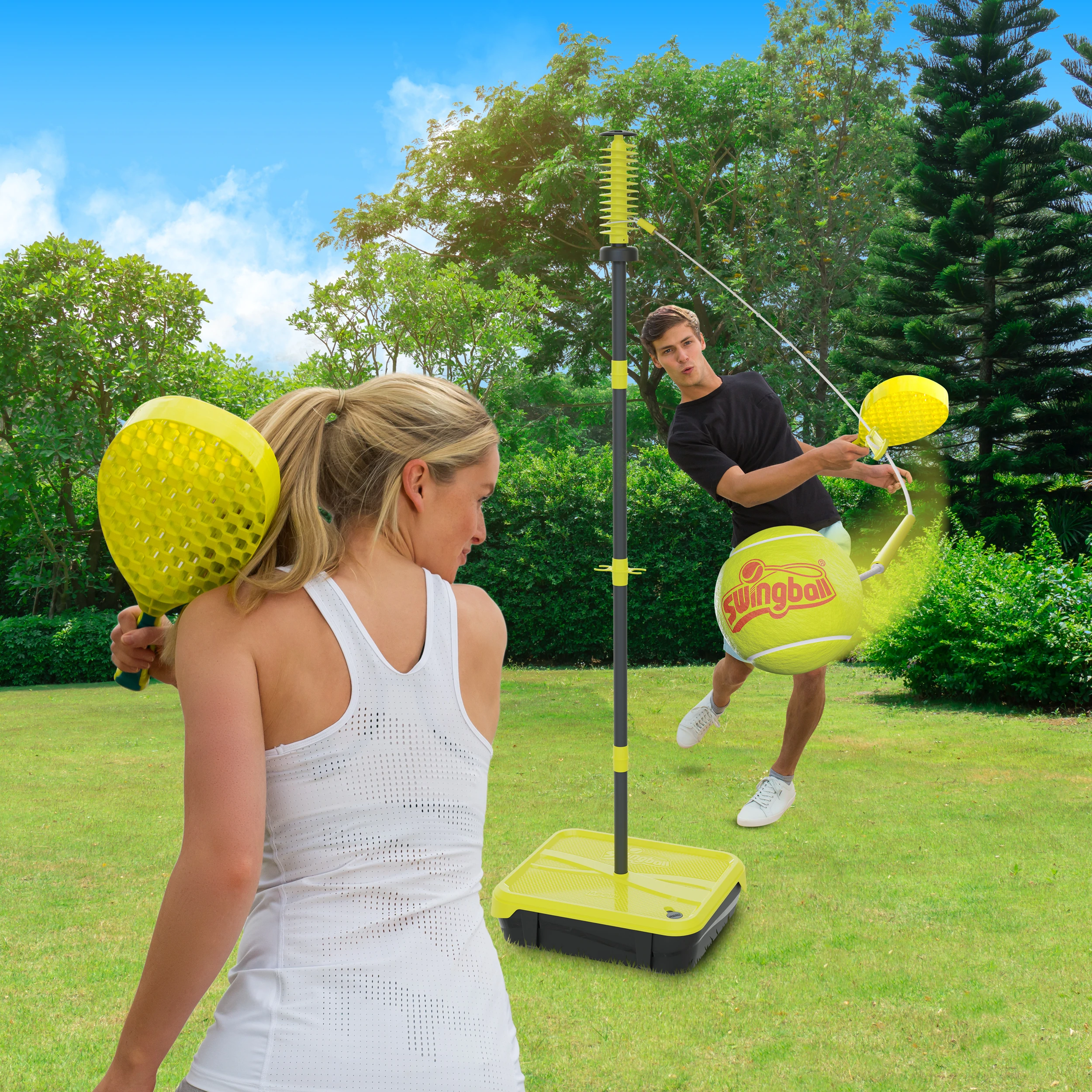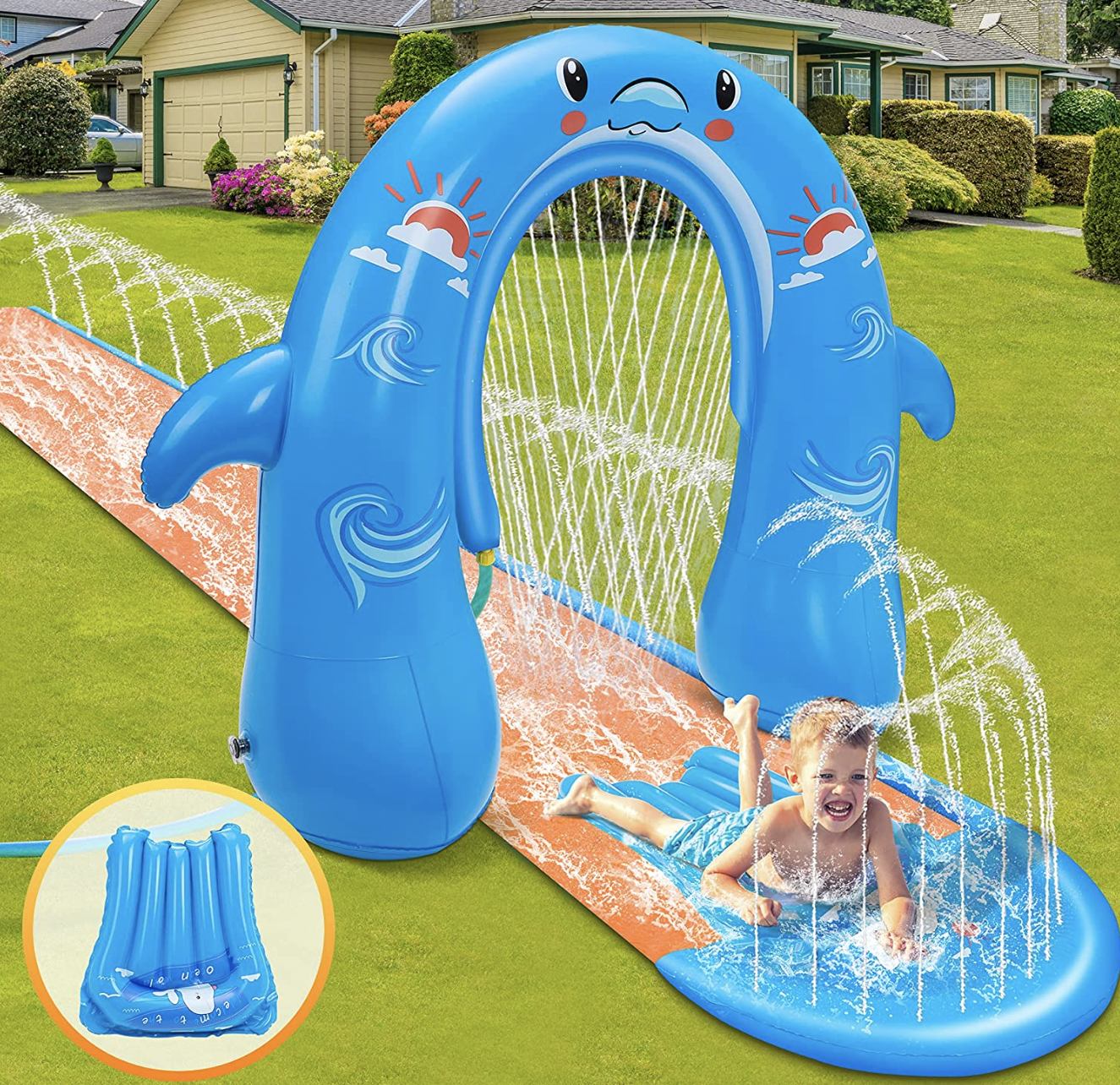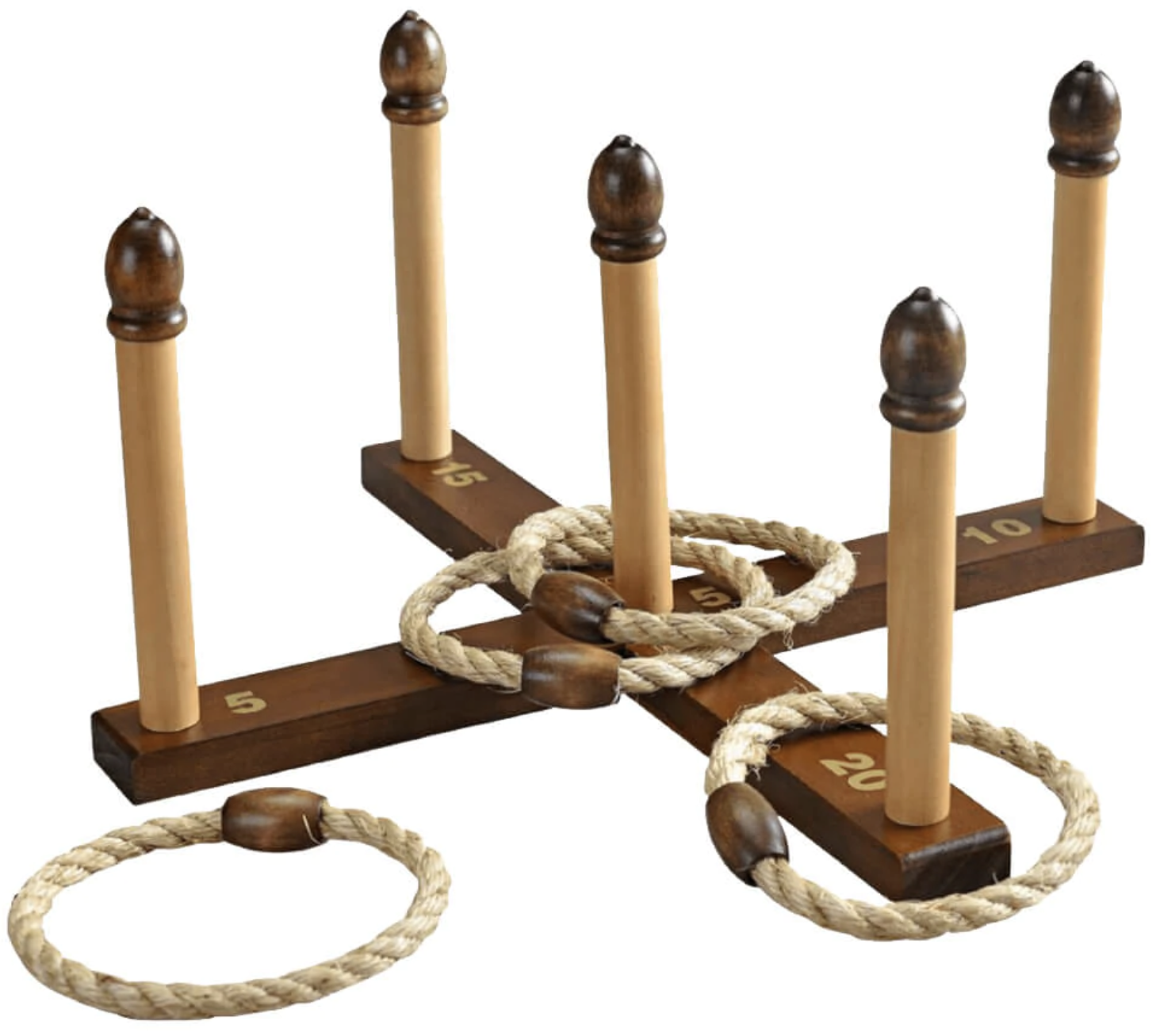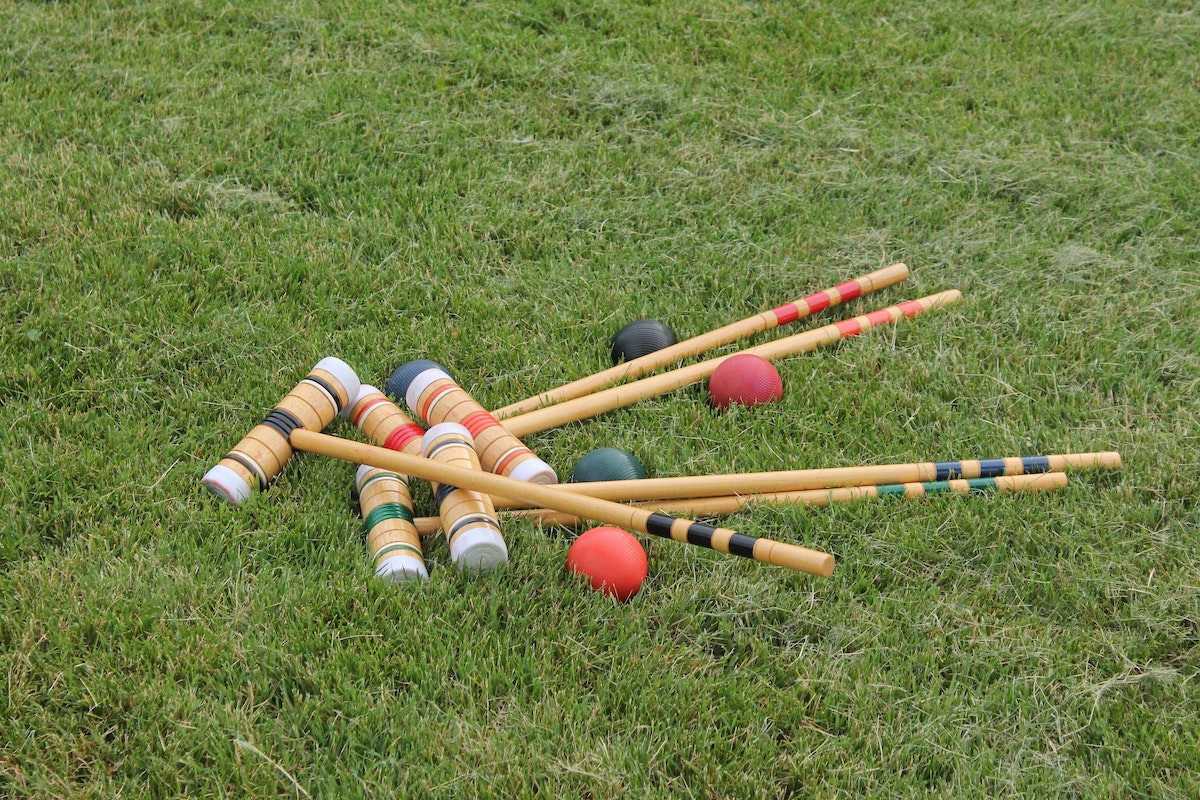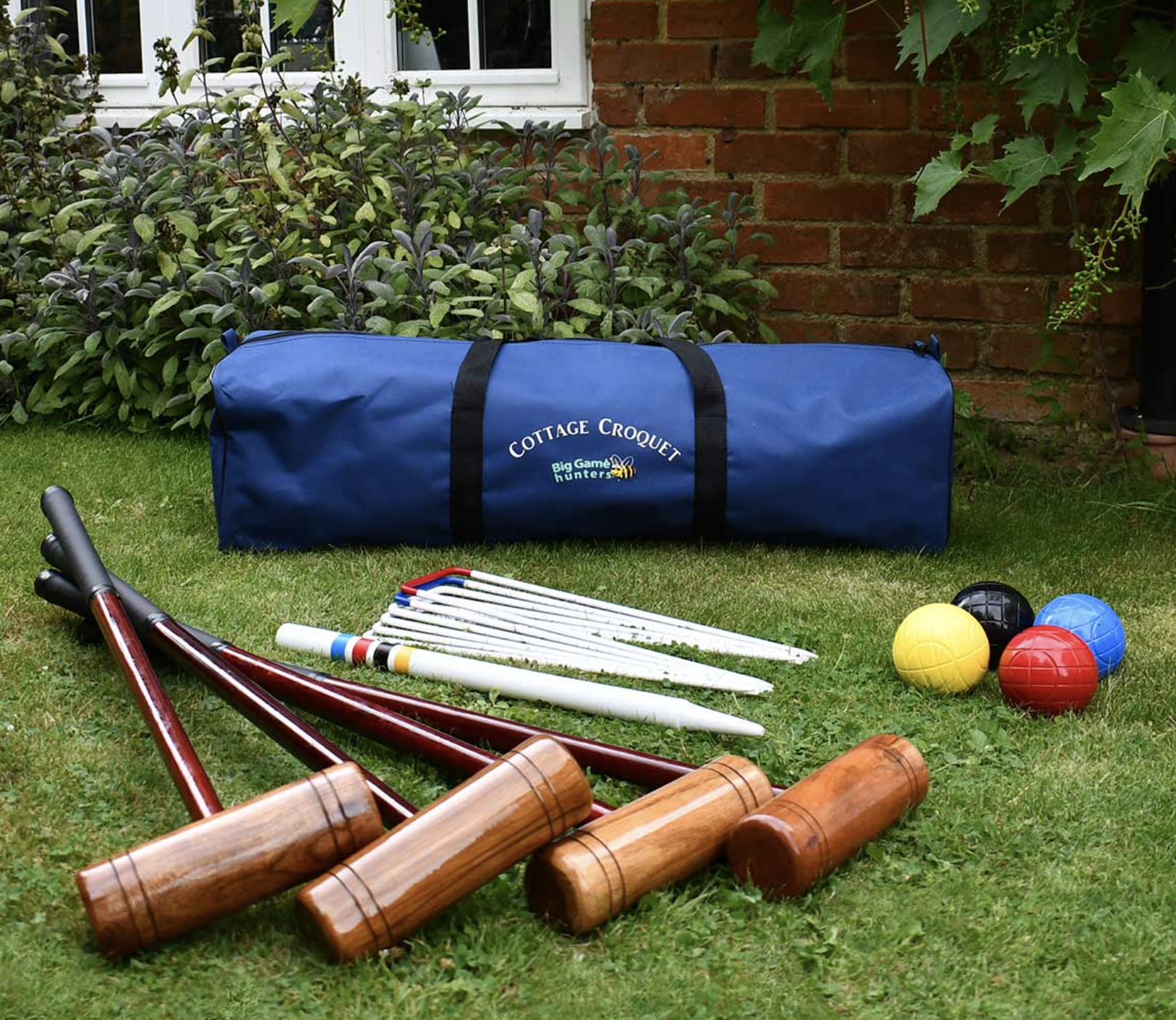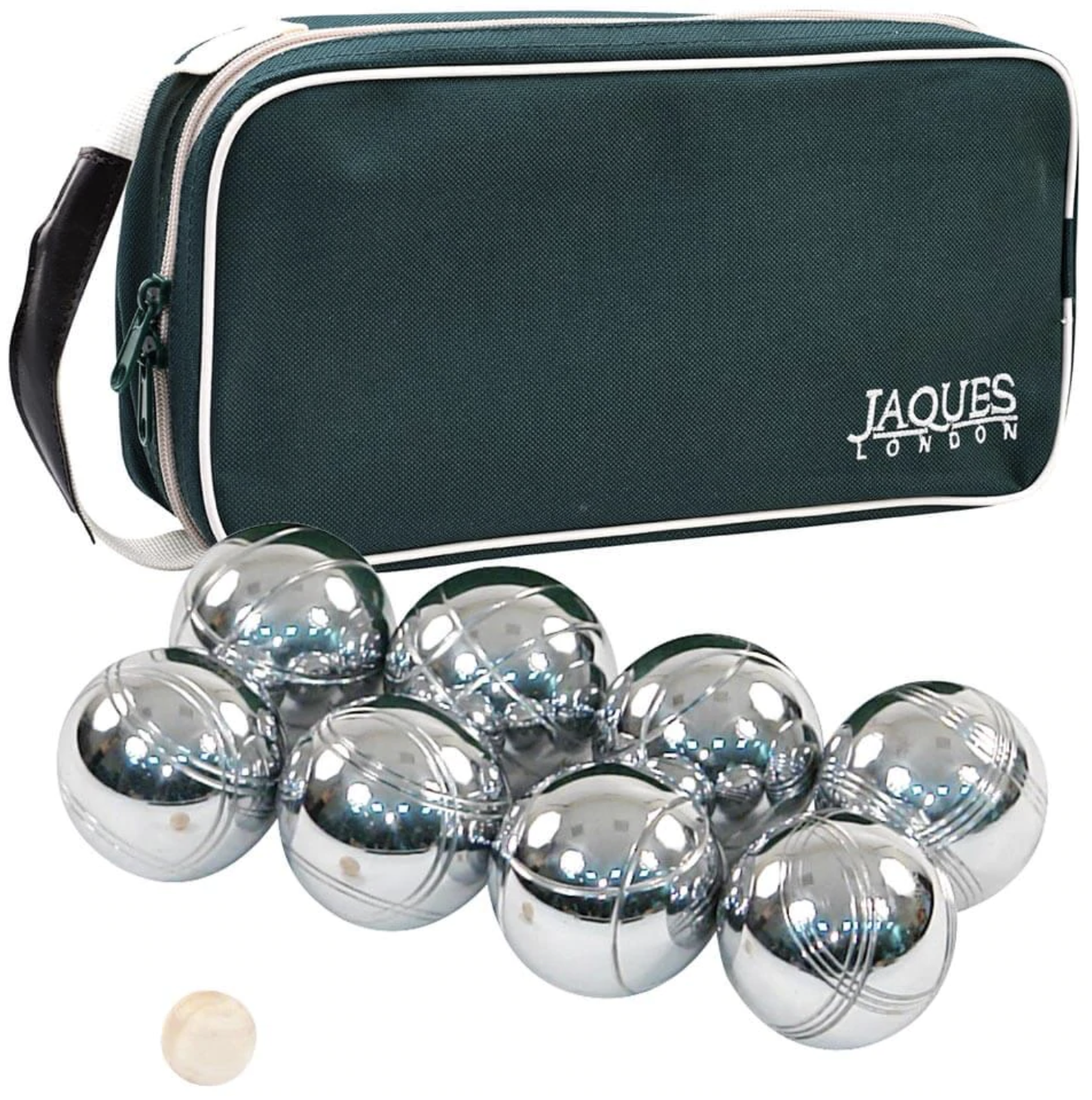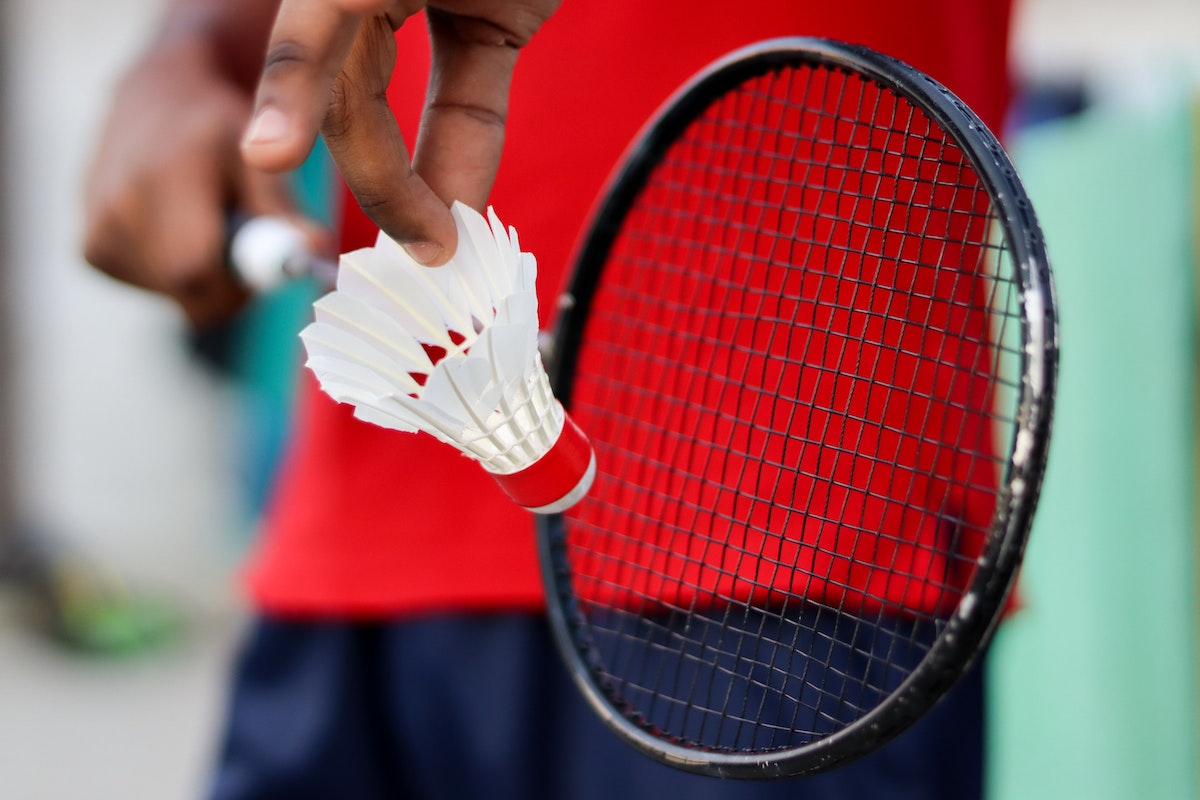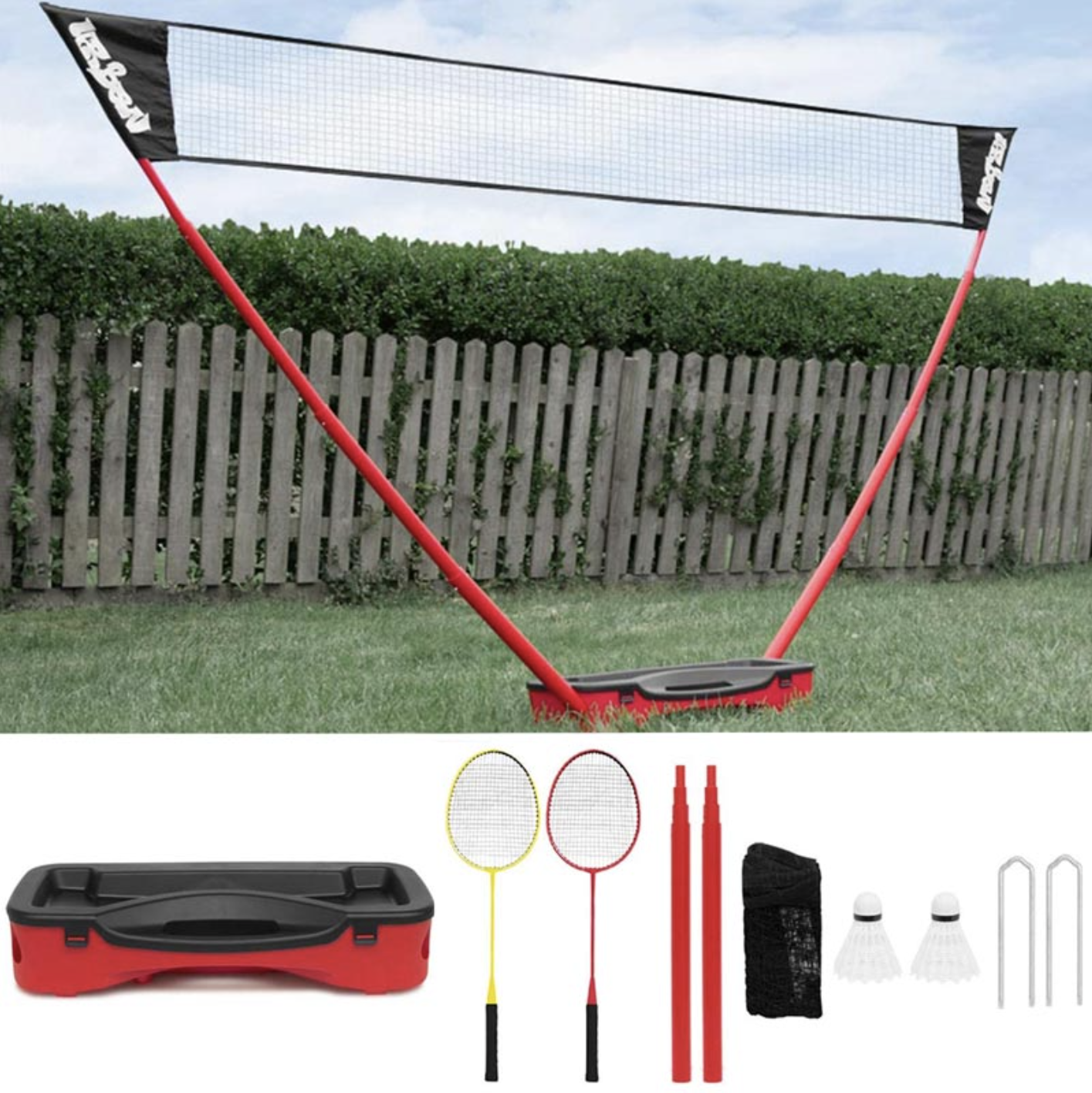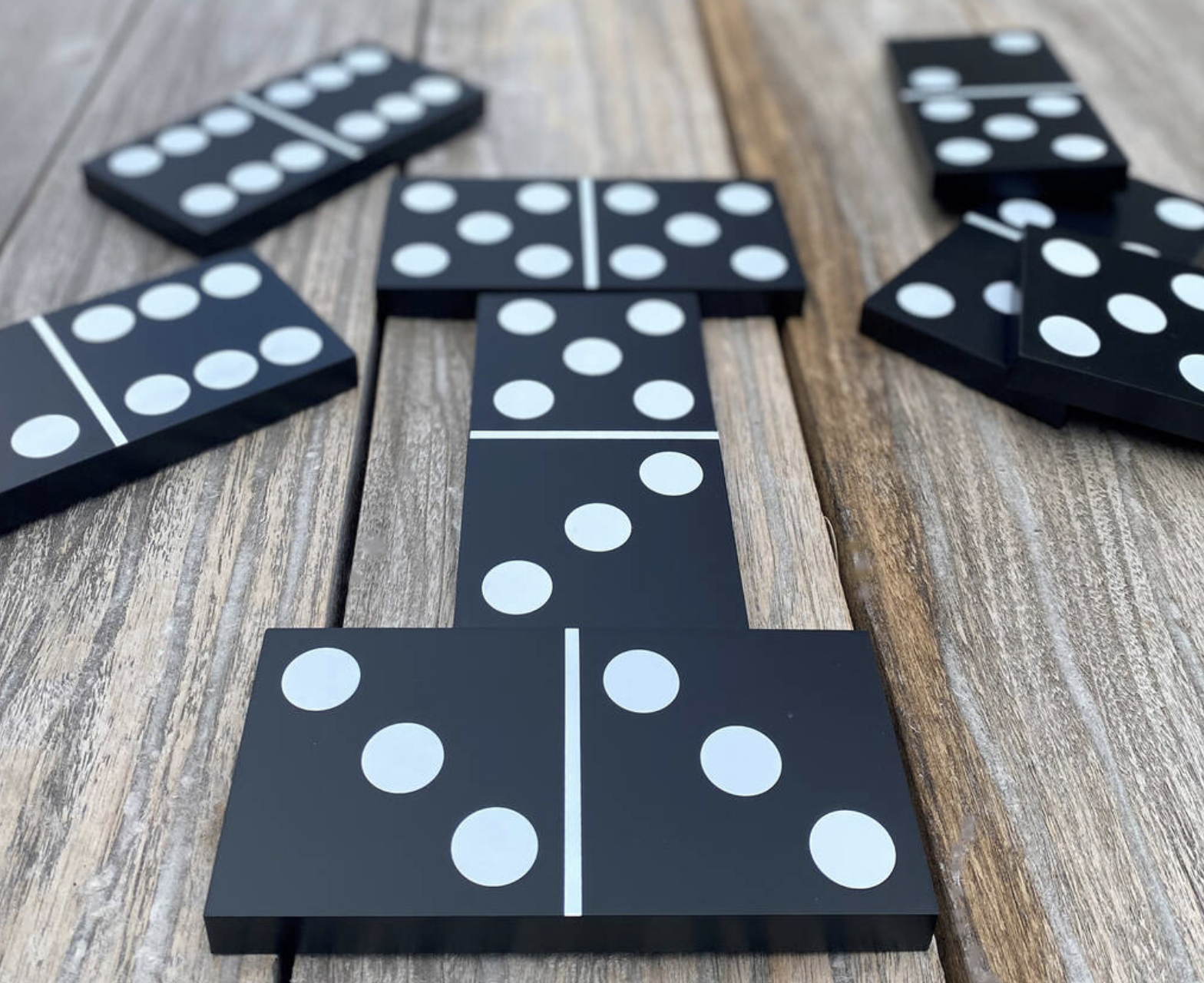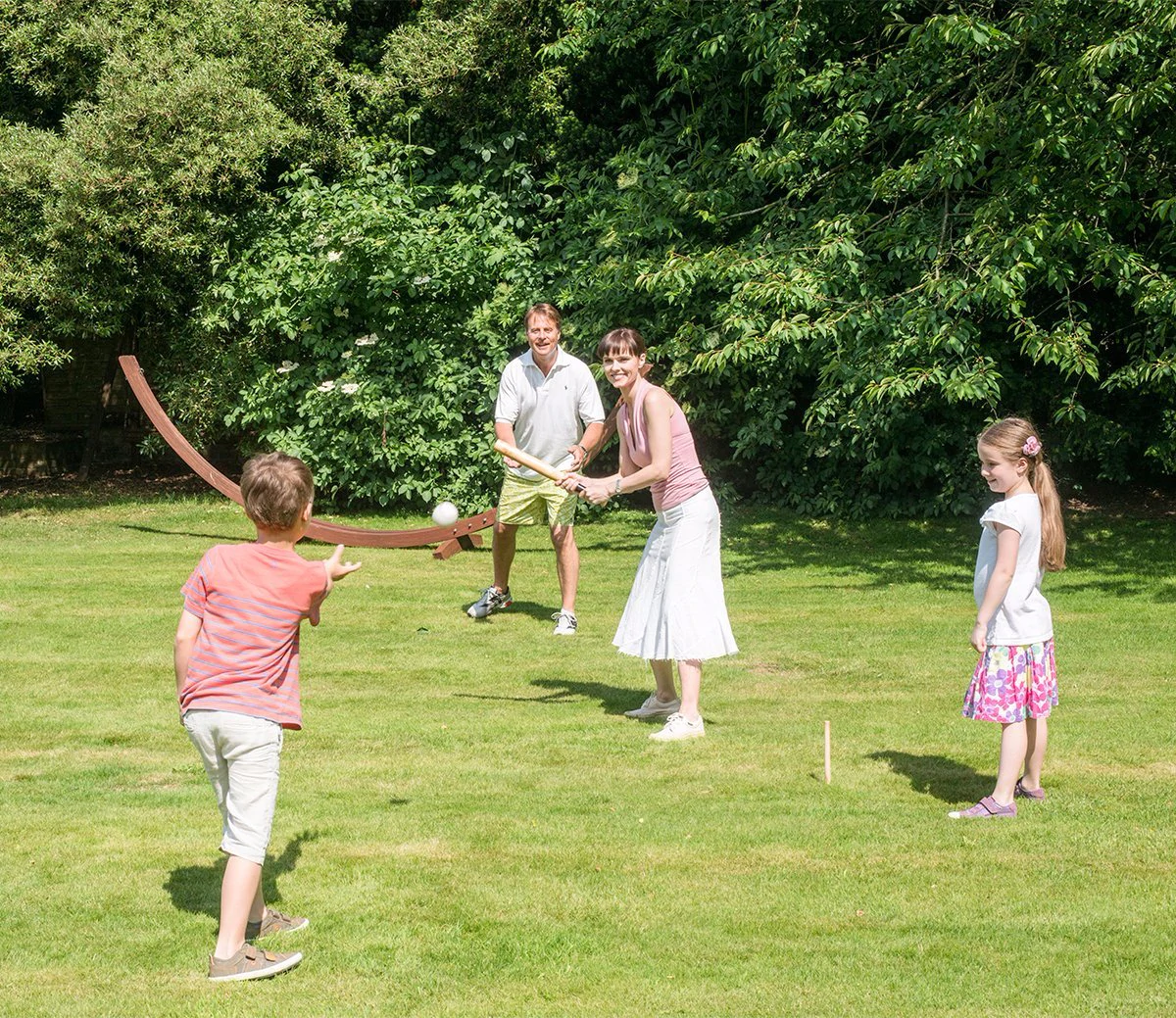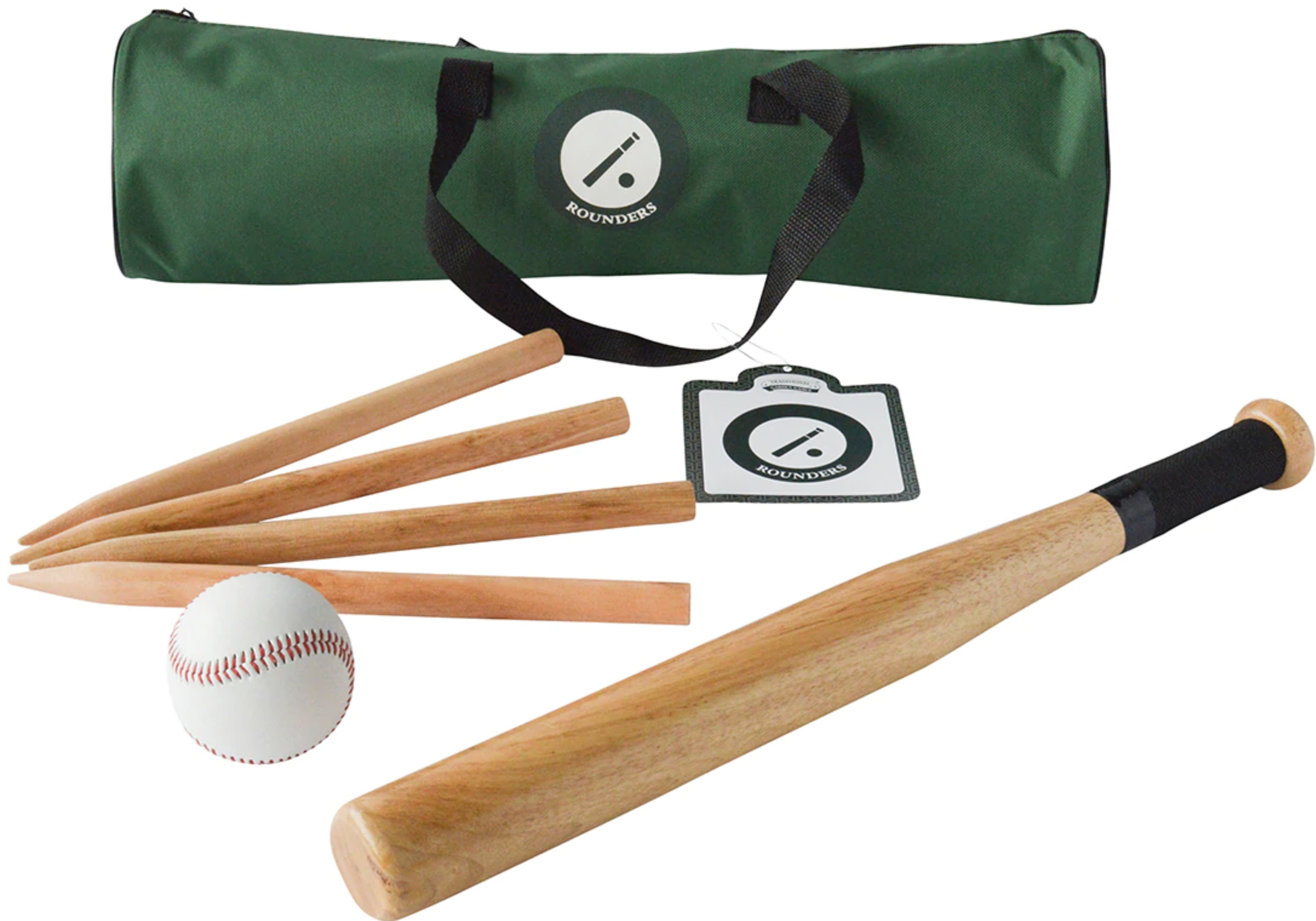We’ve had a bit of a focus on garden games over the last month or so. We see them as a close relation of garden furniture, and our knowledge of all things garden makes us well placed to share some of our insight on this subject.
Plus, we want this blog to be a place you can discover the art of ‘Lazy Living’. A place where we can share our expertise with a wide range of articles, tips, recipes and ideas for relaxed outdoor living. And outdoor games is one such subject we hold a great deal of interest.
This month we wanted to take a closer look at some of the more traditional garden games. This is a subject we looked at in terms of their origins in our history of garden games article, however, the Lazy Susan team were keen to get their heads together and compile a top 10 of our favourite traditional garden games you can play this summer.

We love the traditional. It is a philosophy we’ve applied to our Garden Furniture Collection. Taking a classical design style and reinventing it with modern materials and production techniques. Providing our customers with furniture that will sit on the patio for the next decade without going out of style but pieces that are constructed to stand up to the British climate and sit in our gardens all year round.
Traditional garden games are much the same. They’ve endured over the years (and centuries in many cases) because they’re fun to play and kids love them. They’ve evolved and changed to suit the time and place but the principles are still the same.
The Lazy Susan top 10 traditional garden games
1. Skittles
According to Britannica, skittles is defined as a game of bowling at pins, and they go on to say about its origins:
Skittles is played primarily in Great Britain, and for centuries it was played in public houses or clubs, mostly in western England and the Midlands, southern Wales, and southeastern Scotland. The rules and methods of scoring varied from place to place, but the basic principle of bowling a wooden or rubber ball at nine large oval-headed pins, set in diamond formation 21 feet away has remained the same.
There are so many different versions and sets you can buy, but here at Lazy Susan, it is the Mölkky version that gets our vote (pictured above). Mölkky, also known as Finska, is the Finnish throwing game invented by the Lahden Paikka company in 1996. However, it is based on a centuries-old throwing game called Kyykkä.
The Mölkky sets are beautifully made from real wood and come complete with a sturdy, made-to-measure carry crate, throwing pin, and 12 numbered skittles. It is perfect for beaches, parks, picnics, playgrounds, and of course, gardens. The video below from The Grommet shows you how the whole family can play this easy-to-learn garden game:
You can purchase a Mölkky set with a wooden crate from Booghe.co.uk and various different versions are available on Amazon.co.uk.
2. Frisbee
The Frisbee is another garden game with a long history. Originally developed as a weapon, it dates back to ancient Greece. There’s even a famous statue of Discobolus throwing a flying disc.
However, the game we know and love today began in Bridgeport, Connecticut, where William Frisbie opened the Frisbie Pie Company in 1871. According to the History Channel:
Students from nearby universities would throw the empty pie tins to each other, yelling “Frisbie!” as they let go.
They go on to say that:
In 1948, Walter Frederick Morrison and his partner Warren Franscioni invented a plastic version of the disc called the “Flying Saucer”. After splitting with Franscioni, Morrison made an improved model in 1955 and sold it to Wham-O as the “Pluto Platter”. In 1958, a year after the toy’s first release, Wham-O, the company behind such top-sellers as the Hula-Hoop, the Super Ball and the Water Wiggle changed its name to the Frisbee, misspelling the name of the historic pie company.
The classic Wham-O Pro Classic Frisbee (pictured above) is available from Amazon.co.uk for £6.99.
3. Swingball
Swingball has been a hit with families for generations. This fast action, competitive ball and tether tennis game are as much of a part of the British Summertime as the BBQ.
The game we know today as Swingball was invented in South Africa in 1967 by the golfing enthusiast, Gavin Gormley and it arrived in the UK in 1973. However, a version of “Tether Tennis” or “Totem Tennis” has been around a little longer and can be traced back to the early 1900s. According to Child of the 80s:
The Swingball tennis game was all the rage in the 1980s and allowed you to play a game of tennis in your back garden without needing to accommodate an entire tennis court, which would be beyond the rather less generous allotment of land that most people would probably have for their garden. In Swingball, the tennis ball is attached to a cord which in turn is attached to a spiral at the top of a pole, and instead of a full-size tennis racquet you play with a solid plastic bat.
What we do know at Lazy Susan is that it is great fun to play and it can greatly improve your tennis/racket skills too. Judy Murray has even suggested in the past that much of Andy’s success could be attributed to all the Swingball he used to play at their home in Scotland in his early childhood.
Available from Swingball.co.uk the All Surface Pro model (picture above) costs £43.99 but cheaper sets are available.
4. Water Slide

The water slide is one traditional garden game where history is impossible to determine. I can certainly think of photographs of children in the US slip ’n sliding in the 50s. According to Wikipedia, the folks at Wham-O were the first to officially market it as a garden game, stating that:
Slip ’n Slide is a children's toy invented by Robert Carrier and manufactured by Wham-O. It was first sold in 1961. The main form is a plastic sheet and a method of wetting it; when the surface is wet it becomes very slippery, allowing the user to slide along it.
They go on to say that:
The creator was inspired by his son sliding on wet, painted concrete. He used his job as an upholsterer to obtain a long strip of Naugahyde, sewed a tube to pass a hose into, and punctured the tube sporadically to allow water to spurt out. Carrier sold his invention to Wham-O where they replaced Naugahyde with plastic to reduce production costs.
Now there’s a whole host of different types of lawn water slides you can buy. If you’ve got younger children, we would recommend something like the Otes Water Slide with Inflatable Arch Sprinkler (pictured above). However, if your kids are a little older, then a classic Wham-O Slip ’n Slide is the way to go (pictured below).
The Otes is available on Amazon for £35, while the classic Wham-O is available from Robert Dyas for £29.99.
5. Quoits
<Insert Photo>
Quoits is another of those garden games with a fascinating and chequered history that we discussed in our history of garden games article. According to the website Historical Folk Toys:
The game of quoits may have evolved from ancient Greece, where athletes enjoyed throwing a discus for competition. Peter Brown, president of the National Quoits Association, believes that the Greeks passed quoits to the Romans as a weapon of war.
The definition of the term “quoits” is basically a flattened ring of iron or a circle of rope that’s used in a throwing game. The game in which the quoits are thrown is generally at an upright pin and the aim is to get the ring on the pin or to come as near to it as possible.
According to the Encyclopaedia Britannica:
It has been said that the game was played in Roman-occupied Britain (1st–5th century), or it may have been developed in medieval Britain, perhaps when peasants heated and bent horseshoes into rings and tossed them at iron pegs driven into the ground. Later, in the United States and Canada, horseshoe pitching became the more popular game.
If you’re looking for a family-friendly version to play in your garden this summer, then we would suggest you take a look at the wonderful luxury set from Jaques of London (pictured below).
Their set is based on a traditional design they’ve produced for over 100 years and features a simple fit together system with an attractive natural wood finish, natural rope quoits, full instructions, and it is available from Jaques of London for £24.99.
6. Croquet
The origins of croquet are another that’s been obscured by the sands of time and open to debate. According to The president of the Fédération Française de Croquet, Anthoine Ravez, in his brochure for the Coupe des Alpes of 1992, he stated that:
Croquet is a very old game, widely known and practised in France since the XI century under the name of 'jeu de mail'. Borrowed by the British around 1300, it was modified over the centuries: the Scots made golf out of it, the Irish turned it into croquet.
Whilst the name “croquet” is of French origin, it is generally agreed that the game we know today originated in Ireland around 1850 where it was known as Crookey. The sport was introduced in England to the Victorians by John Jaques (yes, he of Jaques of London above) and croquet sets were first marketed to the growing middle class at The Great Exhibition of 1851.
If you’re looking for a good quality garden croquet set, then our advice would be to go for the Cottage set from Big Game Hunters for £94.99. It's a little more expensive than some of the kid's sets but it has been specifically designed for playing/setting up in gardens and is the perfect set for the whole family to start out with.
7. Boules
<Insert Photo>
Boules, Bocce, Bowls, Pétanque, all different names for essentially the same game in which the objective is to throw or roll heavy balls (called boules in France, and bocce in Italy) as closely as possible to a smaller target ball, known as jack in the UK.
According to Wikipedia:
Boules-type games are traditional and popular in many European countries and are also popular in some former French colonies in Africa and Asia. Boules games are often played in open spaces (town squares and parks) in villages and towns. Dedicated playing areas for boules-type games are typically large, level, rectangular courts made of flattened earth, gravel, or crushed stone, enclosed in wooden rails or backboards. To win, a team must reach 15 points, with a few exceptions.
They go on to say about the origins of the game:
As early as the 6th century BC the ancient Greeks are recorded to have played a game of tossing coins, then flat stones, and later stone balls, called spheristics, trying to have them go as far as possible. The ancient Romans modified the game by adding a target that had to be approached as closely as possible. This Roman variation was brought to Provence by Roman soldiers and sailors. A Roman sepulchre (now in the Campana Collection in the Louvre) shows children playing this game and stooping down to measure the points.
Ninh Ly has a great video on YouTube (below) that explains the rules of traditional Pétanque:
If you’re looking to purchase a set of boules, then our advice would be to have a look at our old friends at Jaques of London (pictured below).
This lovely Polished Metal Set is available for £39.99 and it includes 8 alloy boules, tough enough to withstand even the most aggressive play, a small wooden jack, all contained in a handy attractive canvas carry case.
8. Badminton
Like all the garden games in our top 10, Badminton has a distinguished history. According to the Encyclopaedia Britannica, the sport can be traced to ancient Greece, China, and India. They state that:
The game is named after Badminton, the country estate of the dukes of Beaufort in Gloucestershire, England, where it was first played about 1873. The roots of the sport can be traced to ancient Greece, China, and India, and it is closely related to the old children’s game battledore and shuttlecock. Badminton is derived directly from Poona, which was played by British army officers stationed in India in the 1860s. The first unofficial all-England badminton championships for men were held in 1899, and the first badminton tournament for women was arranged the following year.
If you’re looking for a great beginners garden Badminton set, then we would recommend you take a look at the Urban Pop-up Badminton Set (pictured below):
Available from Newitts.com for £49.95, this is an easy to use portable badminton set that includes post, net, rackets and shuttlecocks; basically, everything you need to get straight into the action. The set packs away into the hard case net base for easy storage and transportation, plus it only takes around 45 seconds to set up with no need to hammer any posts into your lawn.
9. Dominoes
I suppose you could argue that Dominoes is traditionally more of an indoor game, and we wouldn’t disagree with that. However, it makes our list as there are some fab large wooden garden sets you can now buy and its a game with a long and interesting history.
According to Britannica, the game originated in China and they state that:
Dominoes originated in China, where dominoes or playing cards—the same word is used for both, and they are physically identical—are mentioned as early as the 10th century. The historical relationship with Western dominoes is as yet unclear. Chinese dominoes apparently were designed to represent all possible throws with two dice, for Chinese dominoes (called “dotted cards”) have no blank faces and are traditionally used only for trick-taking games.
They go on to say that it was first recorded in the West around the mid-18th century in Italy and France and it was apparently introduced into England by French prisoners toward the end of the 18th century.
If you want to teach the kids or grandkids to play this summer, then Not on the High Street have you covered with this wonderful giant wooden outdoor set for only £34.99 (pictured above). Dominoes is a great test of skill and all ages can play. The Not on the High Street set is perfect for playing outdoors in the garden, on the beach or on holiday, with each giant domino piece measuring 18 cm x 9 cm.
10. Rounders
And last on our list is Rounders. Not a game we can all play in our gardens. You need a good amount of space, so may be better at the beach or local park. However, it makes our list as this traditional game is one we all played at school and it’s great fun for all ages.
Although the exact history of rounders is unverifiable, it is thought to have originated in Britain. It has certainly been around for many years and dates back to the Tudor era if not older. The game is first referenced and mentioned in a book from 1744 called A Little Pretty Pocket-Book. According to Wikipedia:
The game of rounders has been played in England since Tudor times, with the earliest reference being in 1744 in A Little Pretty Pocket-Book where it was called base-ball. In 1828, William Clarke in London published the second edition of The Boy's Own Book, which included the rules of rounders and also the first printed description in English of a bat and ball base-running game played on a diamond.
If you’re looking for a classic rounder set, then Traditional Garden Games have this great set for only £18.99 (pictured below):
The set contains a wooden bat, ball, wooden base stakes and it all fits into a canvas carry bag. Use the stakes to mark out the 4 bases and outrun your friends with this fantastic, fun-filled garden game.
That’s our top 10, if there are any traditional garden games you think we’ve missed, then please drop them in the ‘write a comment’ section below!




